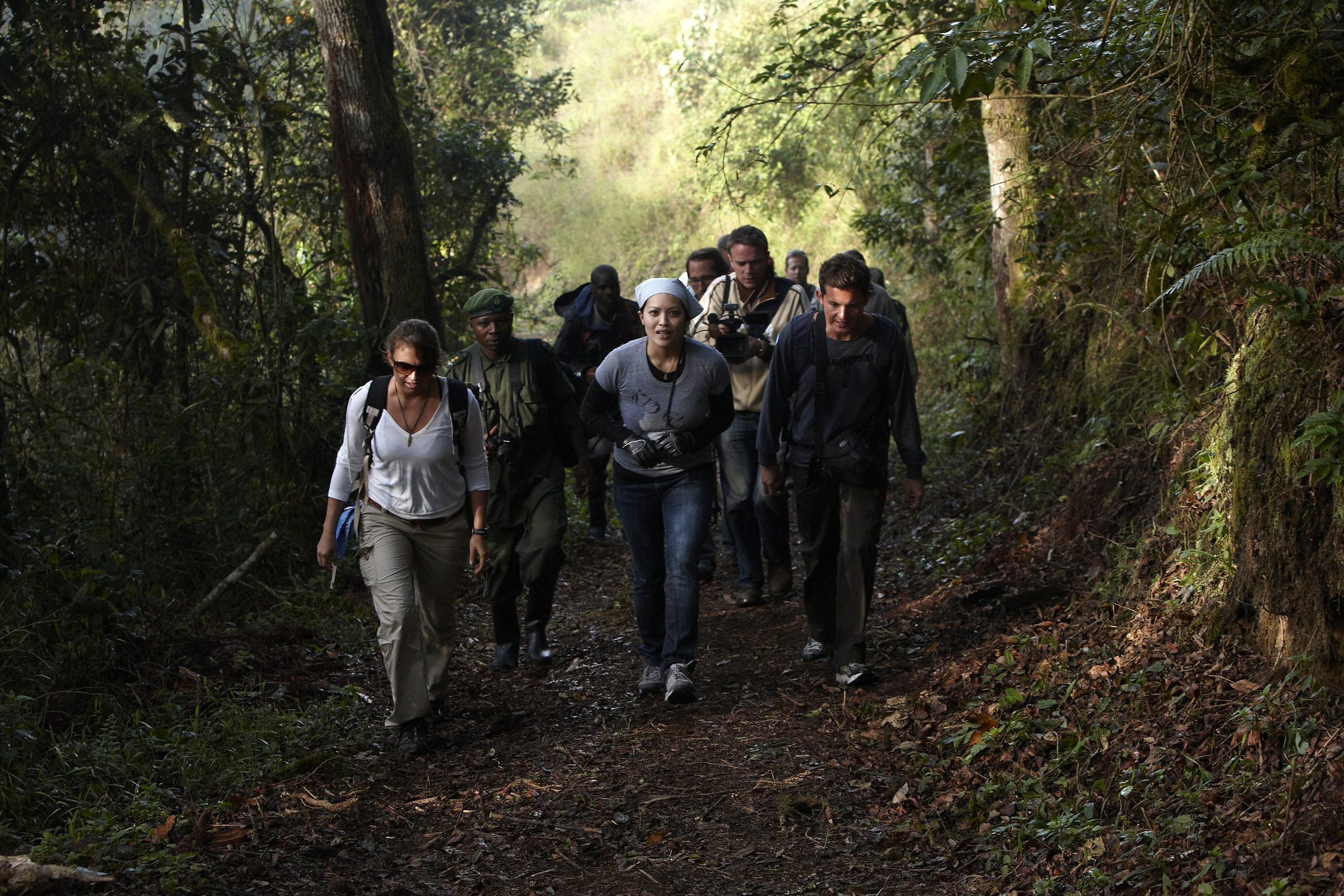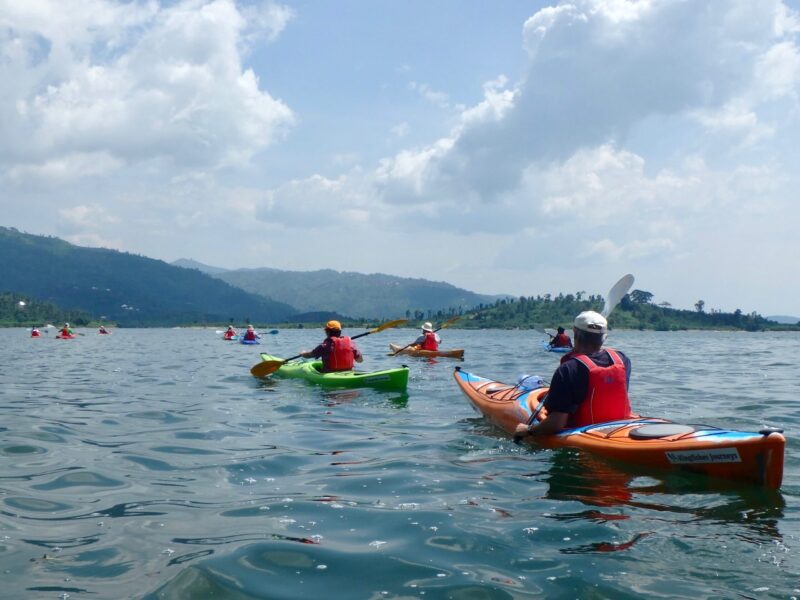Bwindi Impenetrable National Park Safaris
Especially as Bwindi hosts one of just two populations of the magnificent mountain gorilla found worldwide, she is really unique.
Located in the south-west of Uganda, Bwindi is part of the Bwindi Impenetrable Forest. Its incredibly striking background lies near to Virunga N.P., where the Virunga Mountains soar as high as 4,500 metres. Bwindi is somewhat remarkable in and of itself with its own steep hills, some far over 2,500 metres.
Bwindi is quite amazing. Deep woods cover those steep hills, a blend of several different tree species. Known as Afromontane, this kind of woodland is characteristic of the Albertine Rift, which traverses the park. The forest acts as a water catchment during the wet seasons—March to April and September to November. Dripping down the trees, the rains create streams, a great water supply for the gorillas and many other animals. High forest density also creates evapotranspiration, a process whereby water moves from the soil and trees to the atmosphere; more rain follows.
Bwindi Impenetrable National Park’s past
Established in 1991, the national park combined three reserves: the Rwenzori Mountains Reserve, the Mgahinga Gorilla Reserve, and the Impenetrable Central Forest Reserve. All of these had been established in the 1960s to safeguard the native mountain gorillas. Travellers may track the gorillas in April 1993; the national park was included to the World Heritage List in 1994 after 10 square kilometres had been added. In 2003, an additional 4.2 square kilometres was purchased for Bwindi; to this day, gorilla tracking generates significant income for park authorities Uganda Wildlife Authority. The UWA’s goal is to preserve, commercially develop, and sustainably manage the fauna of this lovely region of the world.
Trekking gorillas in Bwindi Impenetrable National Park
Gorilla tracking at Bwindi Impenetrable N.P. is a great wildlife experience and the park is quite well-suited as the home of the mountain gorilla. Research by Craig Stanford, a professor of biological sciences and anthropology, for instance, has revealed that the diet of the park’s gorillas is high in fruit and greenery. All those trees have other vital use: the gorillas construct nests inside them. To learn more about the gorilla trekking opportunities available, we have produced a guide on hiking through Bwindi to witness the gorilla habituation in progress.
Additional Bwindi Impenetrable National Park activities
Included among the other pursuits are birding and guided hikes. The park has black-and-white colobus, red-tailed monkey, vervet monkey, and L’Hoest’s monkey, which has a remarkable white beard, so you may also go monkey watching. There are also little antelopes, huge forest hog, civet, golden cat, side-striped jackal, common chimpanzee, elephant, and more. There are more than 350 different bird species as well!





